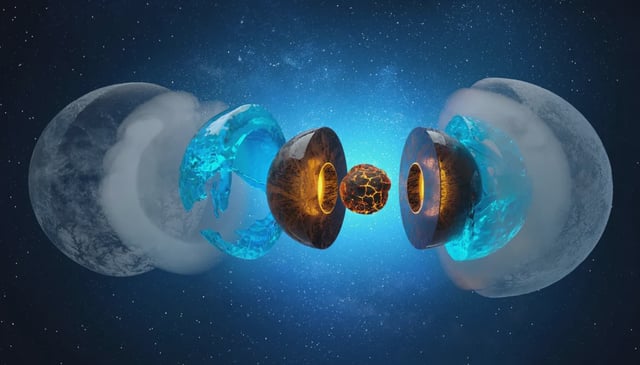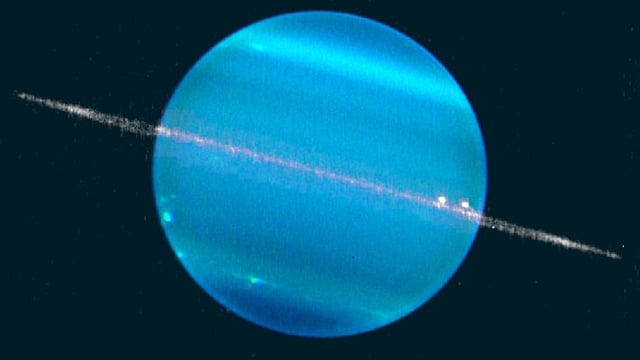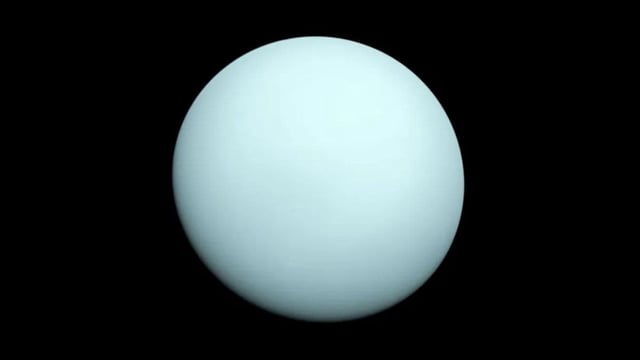Overview
- Peer-reviewed studies published July 16–18 quantify Uranus’s internal heat output at roughly 12–15% above the energy it absorbs from the Sun
- Research teams from NASA’s Goddard Space Flight Center, University of Oxford and University of Houston reanalyzed Voyager 2 data alongside decades of telescope observations to refine the ice giant’s energy budget
- Accounting for previously underestimated reflectivity resolved long-standing discrepancies that had suggested Uranus lacked appreciable internal warmth
- The excess heat is attributed to ongoing cooling of the planet’s deep interior since its formation, though its output remains lower than that of Jupiter, Saturn and Neptune
- The confirmation of internal heat has bolstered calls for a flagship NASA mission to explore Uranus’s interior structure, atmosphere, magnetosphere, rings and moons



